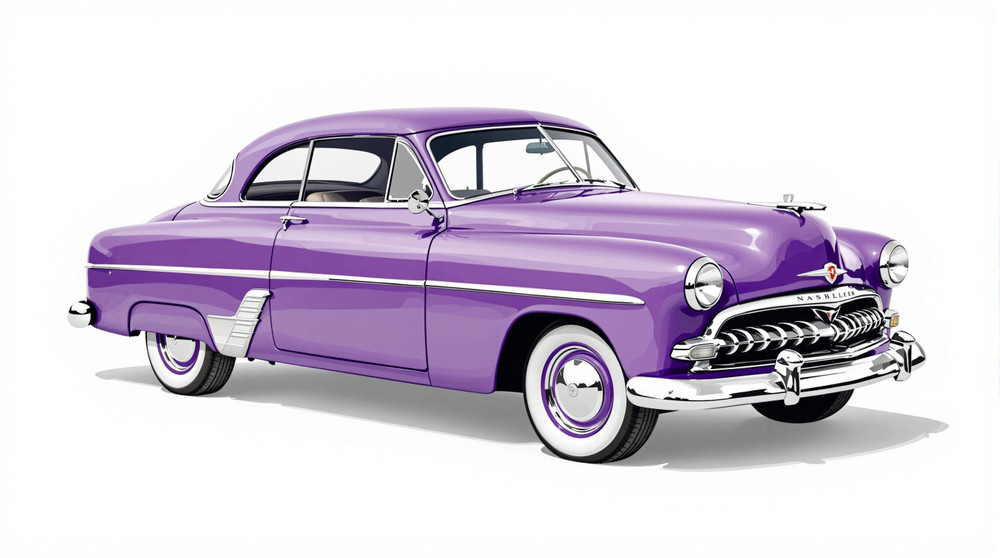Image of 1951 Nash Rambler, Note: These illustrations use artistic license and may differ from actual historical models.
Performance Metrics
Fundamental Metrics
Emotional Appeal
MMP Rating
| Engine Specifications | |
|---|---|
| Engine: | Inline 6 |
| Displacement: | 172.6 cu in (2.8 L) |
| Horsepower: | 82 hp |
| Torque: | Estimated 130 lb-ft |
| Compression Ratio: | 7.2:1 |
| Ignition System: | Distributor and coil |
| Cooling System: | Water-cooled |
| Performance Specifications | |
| 0-60 Time: | Estimated 20 seconds |
| 1/4 Mile Time: | Not available |
| Top Speed: | 80 mph |
| Transmission and Drive | |
| Drive Type: | Rear-wheel drive |
| Transmission Type: | 3-speed manual |
| Fuel and Efficiency | |
| Fuel System Type: | Carburetor |
| MPG: | Estimated 20-25 mpg |
| Dimensions and Brakes | |
| Brakes: | Drum brakes |
| Wheelbase: | 100 in (2,540 mm) |
| Weight: | 2,600 lbs |
Note: Specifications for classic cars are given to the best of our ability, considering the limited and variant data available.
Unveiling the Charm of the 1951 Nash Rambler
Stepping into the limelight with a blend of innovation and charm, the 1951 Nash Rambler emerged as a pioneer in post-war American motoring. Born from the visionary minds at Nash Motors, this vehicle was not just a car; it was a statement of postwar optimism and ingenuity. The Rambler carved its niche as an economical yet stylish automobile that reshaped American car culture. It stood out with its compact size during an era dominated by large, gas-guzzling machines, making it an intriguing chapter in automotive history.
Design and Innovation
The 1951 Nash Rambler's exterior styling was a breath of fresh air with its distinctive enclosed wheels and a low-slung silhouette that exuded elegance. Its design was a harmonious fusion of aerodynamics and aesthetics, setting it apart from the boxy shapes of its contemporaries. Inside, passengers were treated to a cabin that prioritized comfort and practicality, with high-quality fabrics and thoughtful amenities. Technologically, it boasted features like the "Weather Eye" heating system, which was ahead of its time. Color options ranged from subtle to vibrant, with shades like "Surf Green" and "Sunset Maroon" capturing the era's spirit. Among its body styles, the convertible variant was particularly celebrated for blending open-air freedom with Rambler's signature style.
Historical Significance
The 1951 Nash Rambler made an indelible mark on automotive design by introducing America to the concept of a smaller, more fuel-efficient family car without sacrificing style or comfort. It challenged the status quo and paved the way for future compact cars. Its legacy is evident in how it influenced design principles that prioritized efficiency alongside luxury.
Performance and Handling
Underneath its hood lay an engine capable of delivering modest performance figures for its time. While not designed as a speed demon, the Rambler's top speed and acceleration were adequate for everyday driving. On the road, it handled with poise, absorbing bumps gracefully while maintaining stability in windy conditions. Driving a Rambler was about enjoying a smooth ride with the hum of its engine providing a soothing backdrop.
Ownership Experience
The 1951 Nash Rambler found its place as a versatile vehicle suitable for various roles—from daily commuting to weekend show car events. Its reliability was commendable, with many owners appreciating the straightforward maintenance procedures that could often be managed in a home garage.
Fun Facts
This classic car has been associated with several unique tidbits over time. For instance, it's rumored that certain high-profile celebrities of the era were fans of the Rambler's unique charm. While not known for breaking speed records, it certainly set sales records for Nash Motors at the time. Despite some criticisms regarding its modest power output compared to larger vehicles of the era, it remains beloved by enthusiasts.
Collector's Information
Today, the 1951 Nash Rambler holds a special place in collector circles. While production numbers were not as high as some mainstream models, finding one in good condition can be a delightful rarity. Values vary widely based on condition and originality but expect well-preserved examples to fetch significant sums in today's market—potentially ranging from mid-five figures upwards.
Conclusion
In retrospect, the 1951 Nash Rambler stands as more than just another classic car—it's an emblematic figure that represents a turning point in American automotive history. Its combination of style, innovation, and practicality continues to resonate with enthusiasts around the world. As we look back on this charming piece of motoring heritage, we're reminded that sometimes the most enduring legacies are born from daring to be different.
1951 Nash Rambler Catalog of Parts
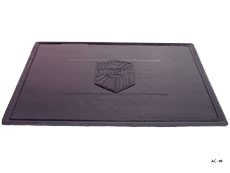 1951 Nash Rambler Accessory Floor Mat - 12"X17"-AC 46Accessory Floor Mat - made of high quality black rubber with molded original emblem. Also designed to be sewn into new carpets. 12"X17", Each
1951 Nash Rambler Accessory Floor Mat - 12"X17"-AC 46Accessory Floor Mat - made of high quality black rubber with molded original emblem. Also designed to be sewn into new carpets. 12"X17", Each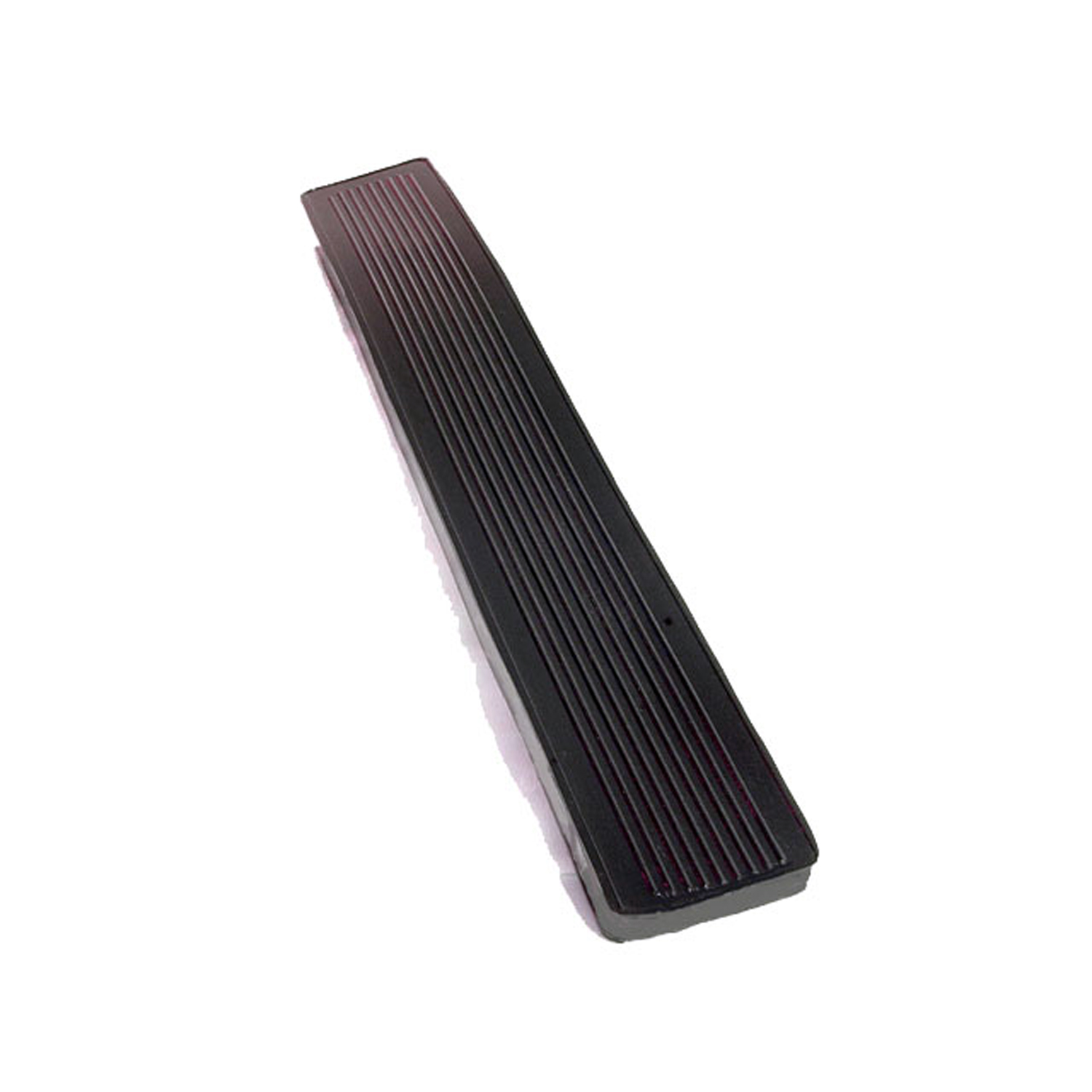 1951 Nash Rambler Accelerator Pedal Pad, 1-1/2" X 9-3/4", Each-AP 21Accelerator Pedal Pad, 1-1/2" X 9-3/4", Each
1951 Nash Rambler Accelerator Pedal Pad, 1-1/2" X 9-3/4", Each-AP 21Accelerator Pedal Pad, 1-1/2" X 9-3/4", Each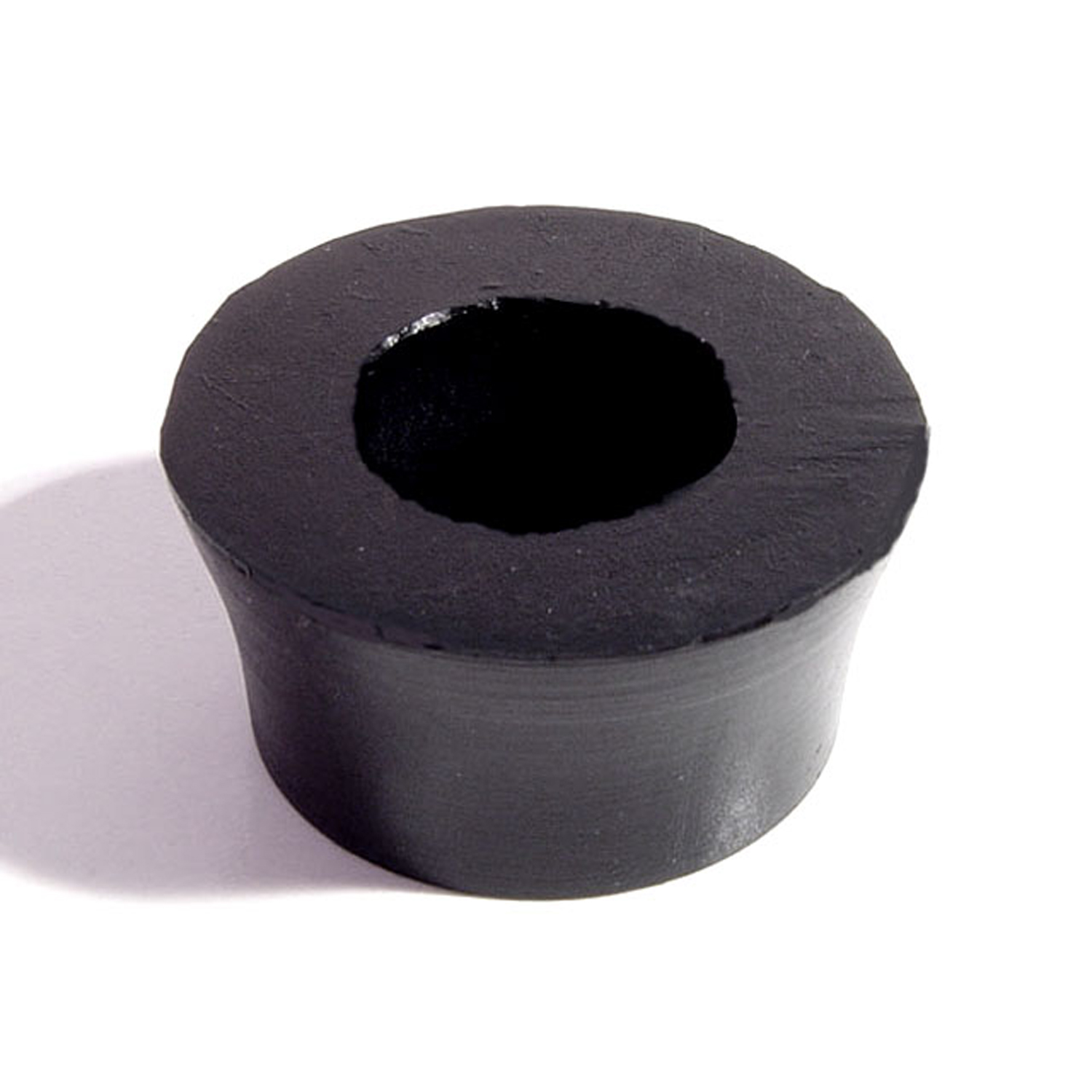 1951 Nash Rambler Shock Absorber Grommet. 1" bottom O.D., 5/8" high-BN 10Shock Absorber Grommet. 1" bottom O.D., 5/8" high., with 5/8" I.D. Each
1951 Nash Rambler Shock Absorber Grommet. 1" bottom O.D., 5/8" high-BN 10Shock Absorber Grommet. 1" bottom O.D., 5/8" high., with 5/8" I.D. Each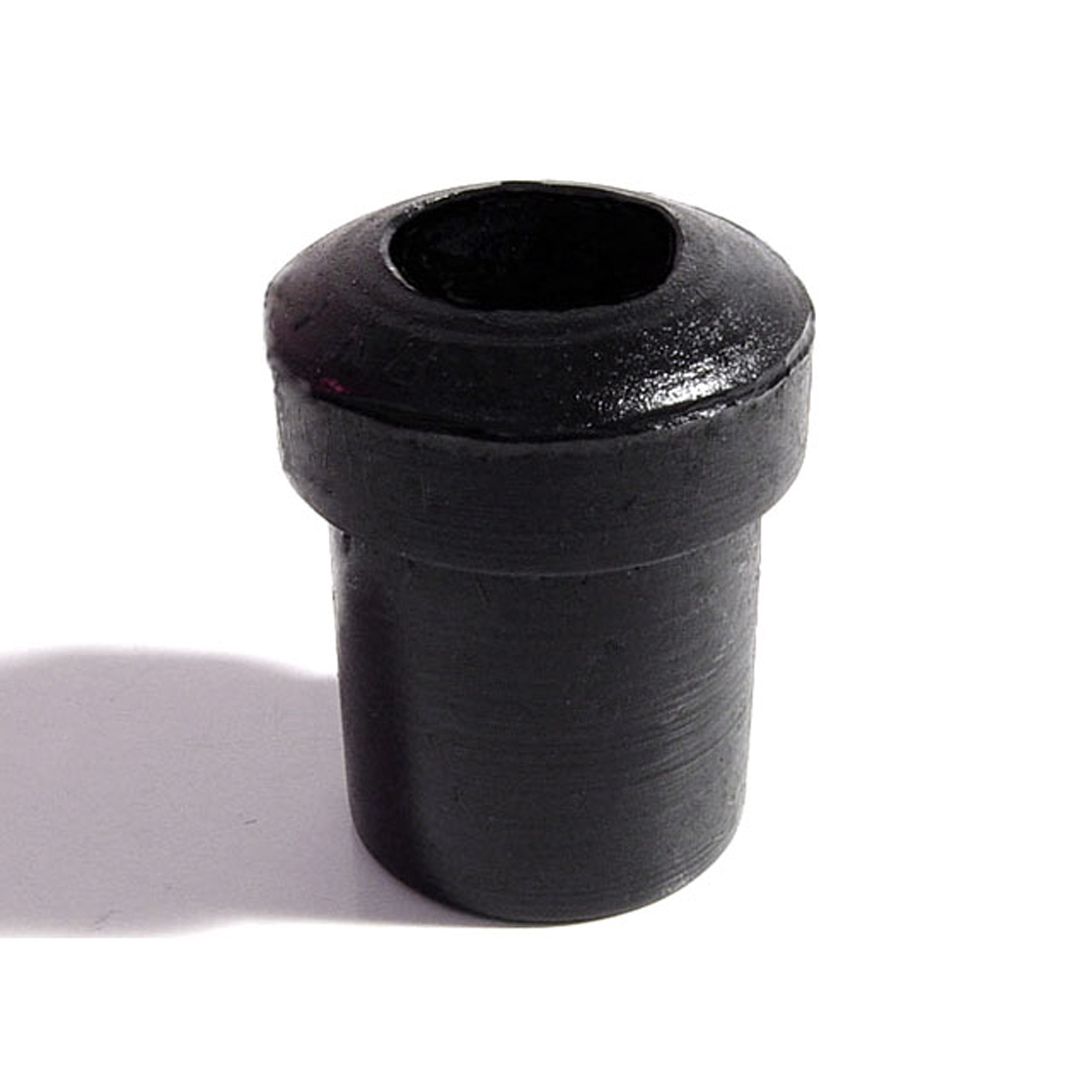 1951 Nash Rambler Spring and Shackle Bushing. 7/8" bottom O.D-BN 16Spring and Shackle Bushing. 7/8" bottom O.D. X 1-1/8" high, with 1/2" I.D. Each
1951 Nash Rambler Spring and Shackle Bushing. 7/8" bottom O.D-BN 16Spring and Shackle Bushing. 7/8" bottom O.D. X 1-1/8" high, with 1/2" I.D. Each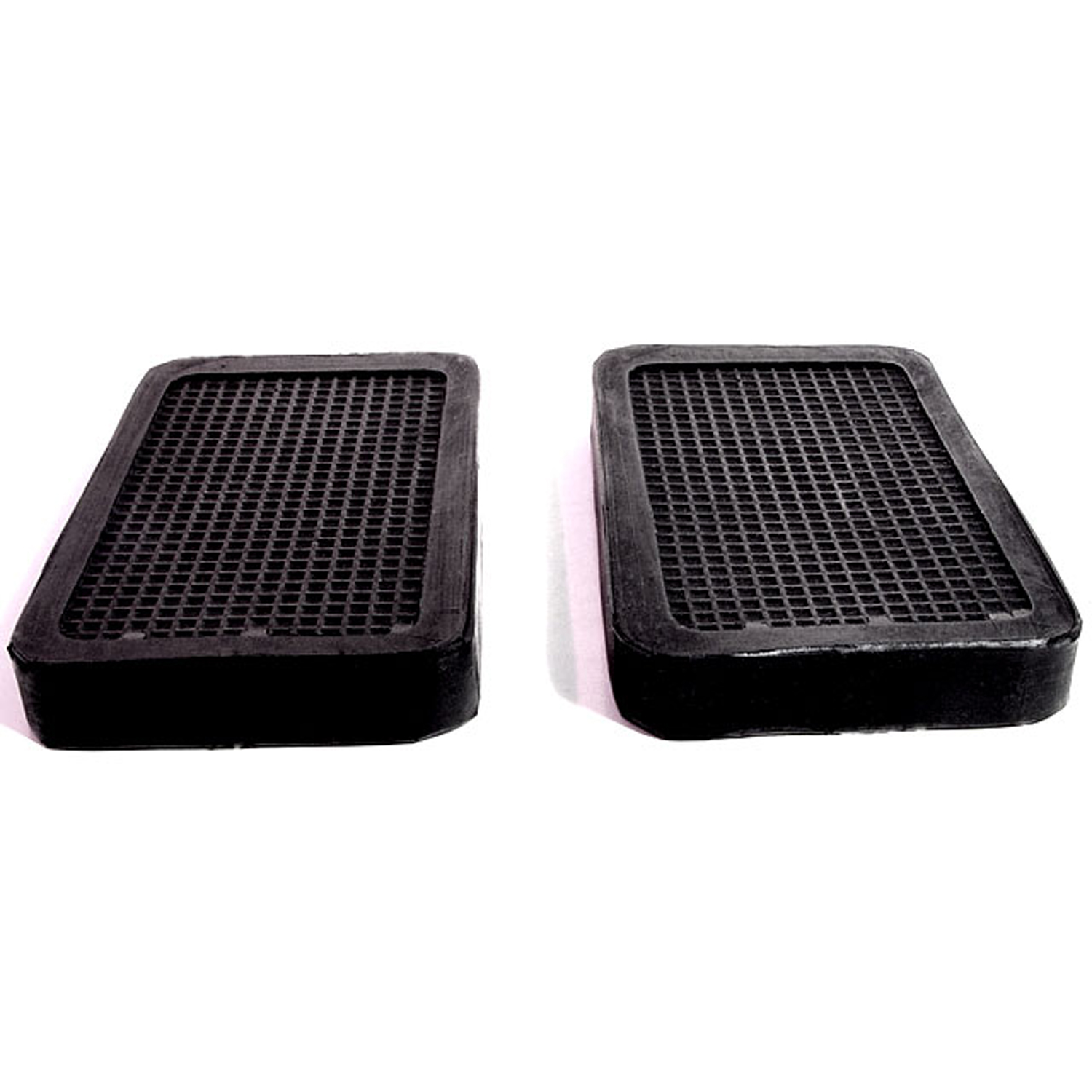 1951 Nash Rambler Clutch and Brake Pedal Pads. 2-1/4" wide X 4" long. Pair-CB 20Clutch and Brake Pedal Pads. 2-1/4" wide X 4" long. Pair
1951 Nash Rambler Clutch and Brake Pedal Pads. 2-1/4" wide X 4" long. Pair-CB 20Clutch and Brake Pedal Pads. 2-1/4" wide X 4" long. Pair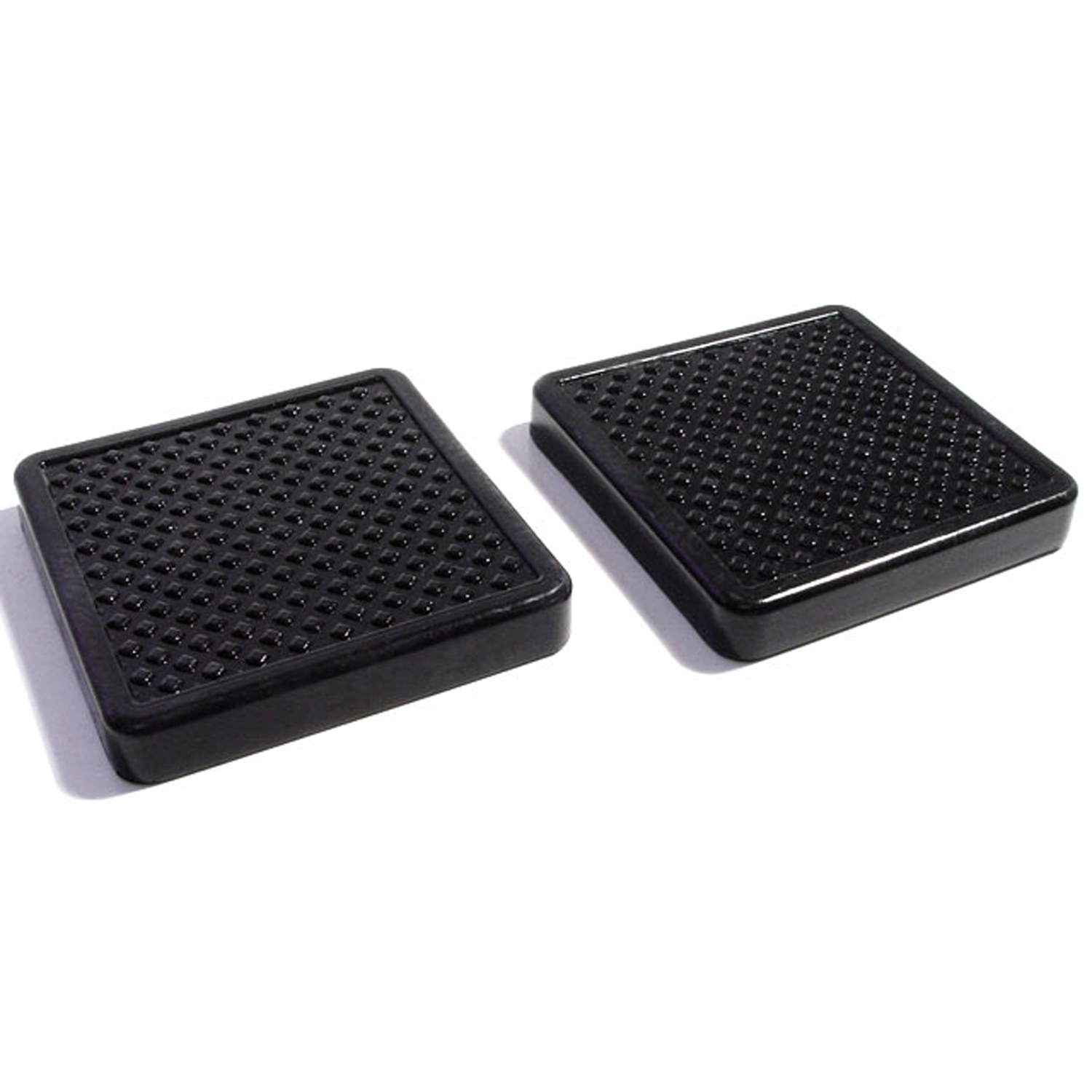 1951 Nash Rambler Clutch and Brake Pedal Pads. 3" wide X 3" long. Pair-CB 47Clutch and Brake Pedal Pads. 3" wide X 3" long. Pair
1951 Nash Rambler Clutch and Brake Pedal Pads. 3" wide X 3" long. Pair-CB 47Clutch and Brake Pedal Pads. 3" wide X 3" long. Pair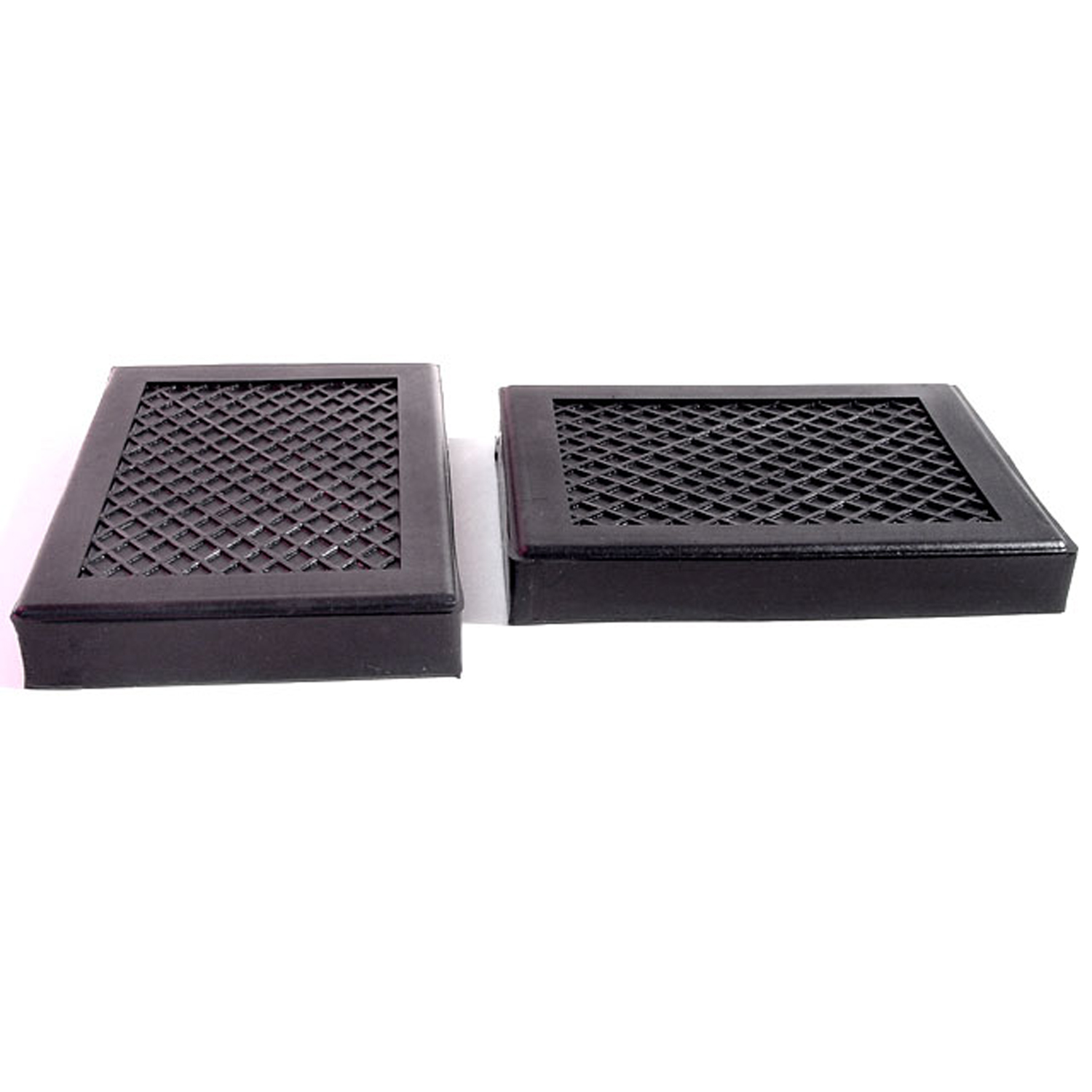 1951 Nash Rambler Clutch and Brake Pedal Pads. 2-3/4" wide X 3-7/8" long-CB 48Clutch and Brake Pedal Pads. 2-3/4" wide X 3-7/8" long. Pair
1951 Nash Rambler Clutch and Brake Pedal Pads. 2-3/4" wide X 3-7/8" long-CB 48Clutch and Brake Pedal Pads. 2-3/4" wide X 3-7/8" long. Pair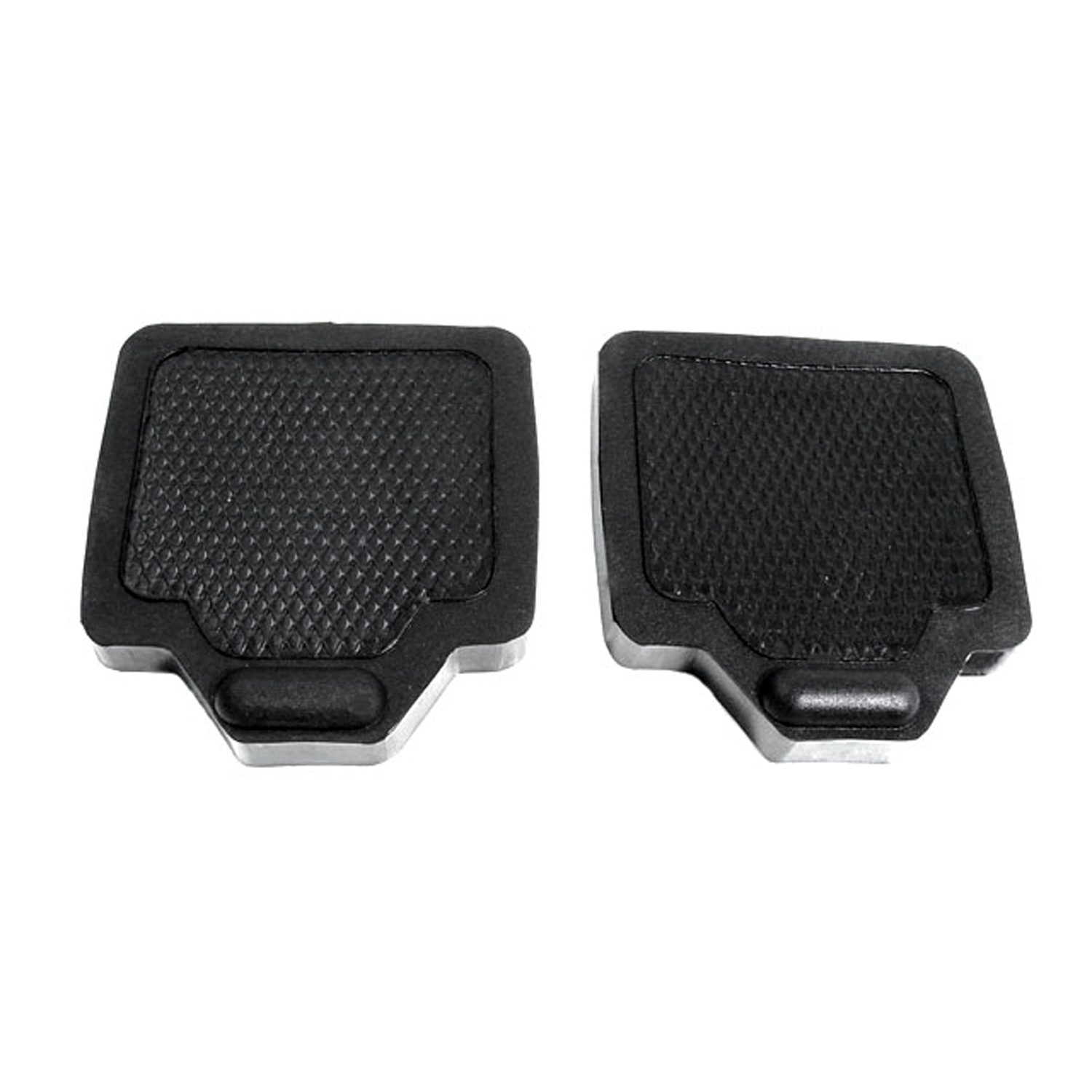 1951 Nash Rambler Clutch and Brake Pedal Pads. 3-1/2" wide X 3-7/8" long-CB 55Clutch and Brake Pedal Pads. 3-1/2" wide X 3-7/8" long. Pair
1951 Nash Rambler Clutch and Brake Pedal Pads. 3-1/2" wide X 3-7/8" long-CB 55Clutch and Brake Pedal Pads. 3-1/2" wide X 3-7/8" long. Pair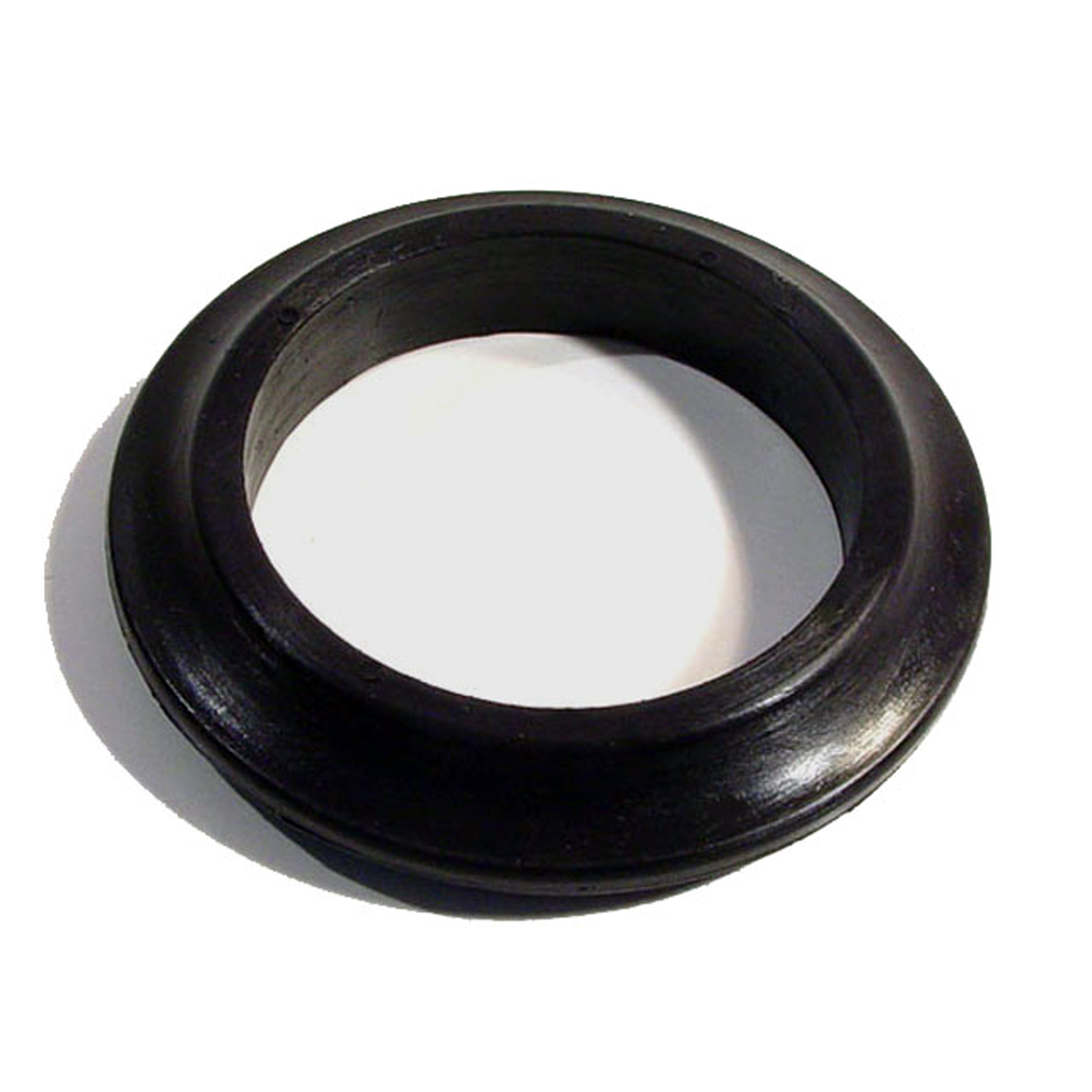 1951 Nash Rambler Gas Filler Grommet. 2-1/4" I.D., 3-5/16" O.D. Each-GF 21Gas Filler Grommet. 2-1/4" I.D., 3-5/16" O.D. Each
1951 Nash Rambler Gas Filler Grommet. 2-1/4" I.D., 3-5/16" O.D. Each-GF 21Gas Filler Grommet. 2-1/4" I.D., 3-5/16" O.D. Each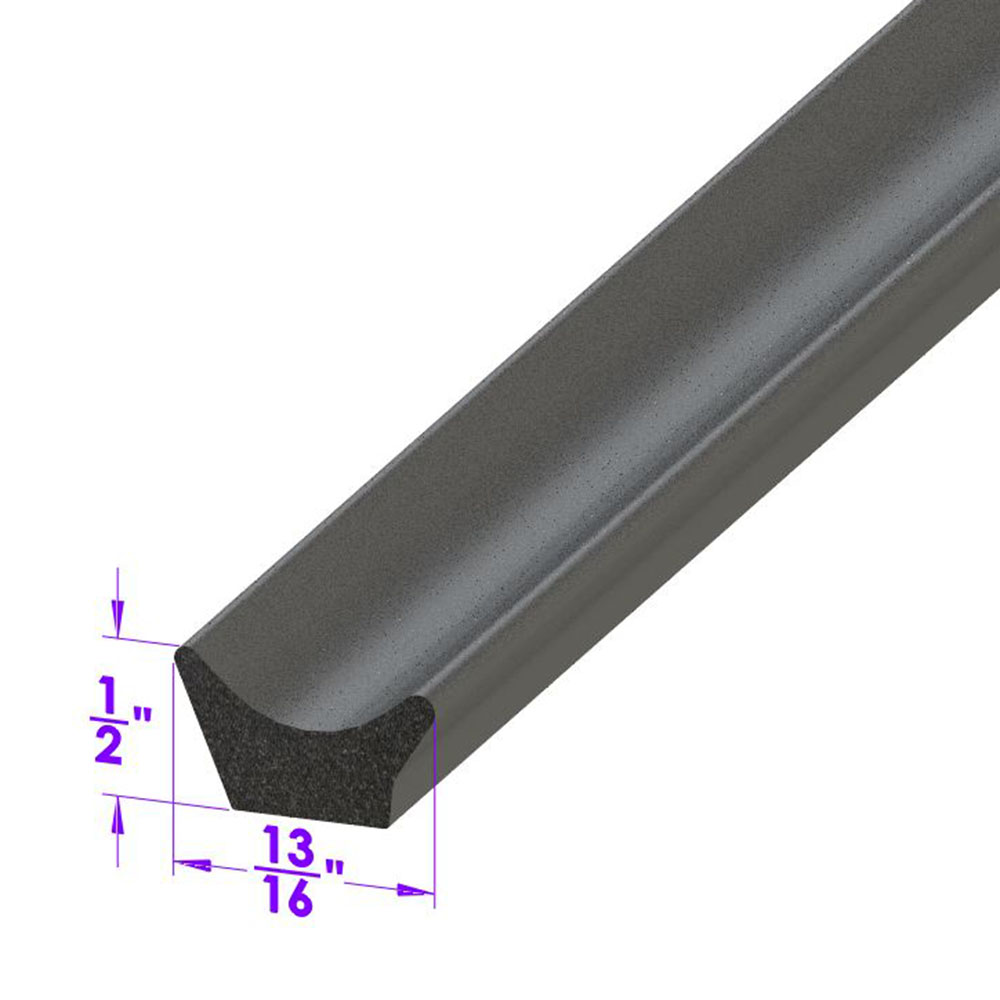 1951 Nash Rambler Door side seal. Same as LP 40, but for a lighter seal-LP 40-ADoor side seal. Same as LP 40, but for a lighter seal. Fits many domestic passenger cars and trucks. Universal seal for street rods and customs. Used in Cobra kit cars as door weatherstrip. Per foot.
1951 Nash Rambler Door side seal. Same as LP 40, but for a lighter seal-LP 40-ADoor side seal. Same as LP 40, but for a lighter seal. Fits many domestic passenger cars and trucks. Universal seal for street rods and customs. Used in Cobra kit cars as door weatherstrip. Per foot.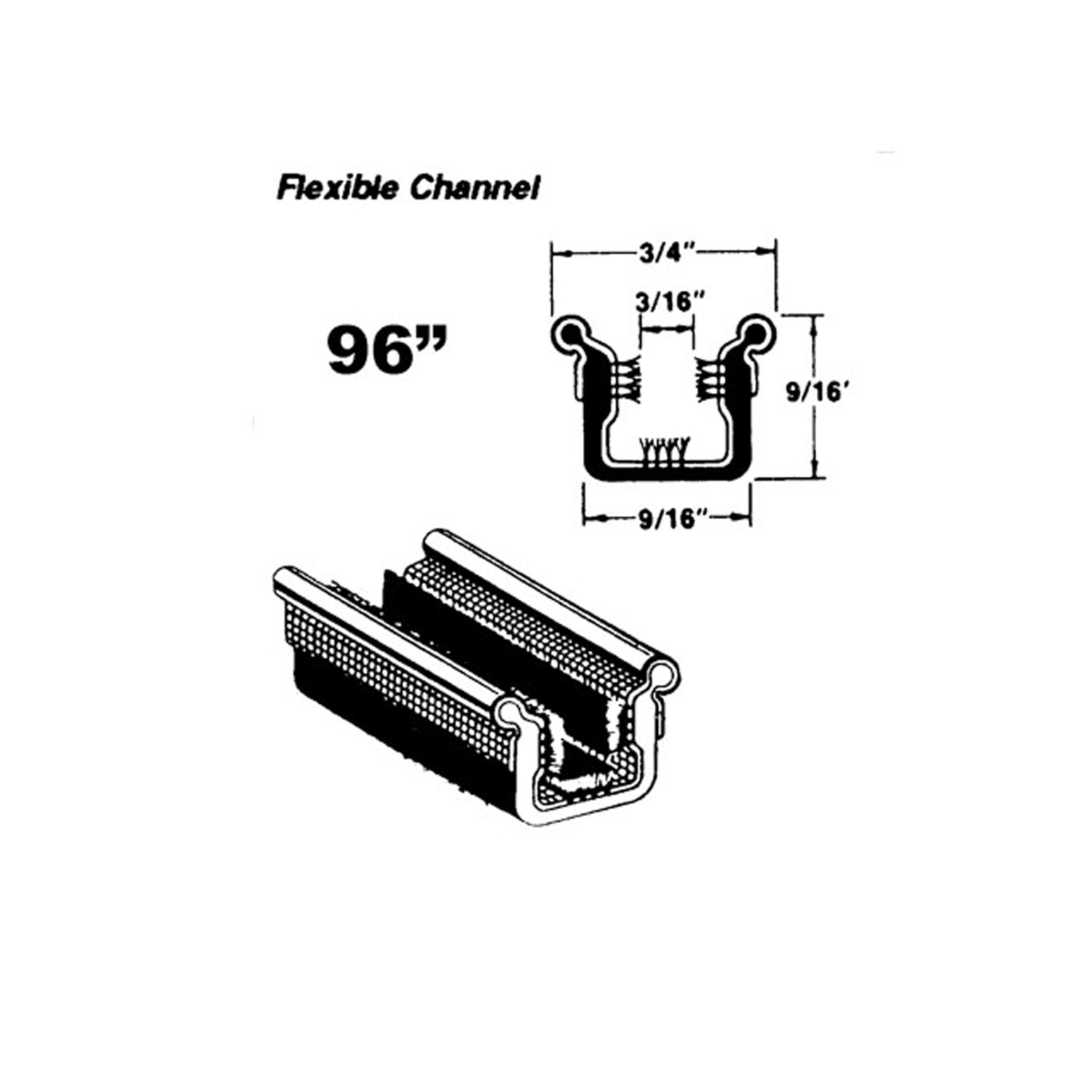 1951 Nash Rambler Flexible window channel-WC 10-96Flexible window channel. Rubber covered with mohair lining and stainless steel bead. 96 in. long. Each. NOTE: $20 special shipping charge applies for domestic orders. Call or email for overseas shipping costs. Part can be sectioned in two or three equal lengths to reduce overseas shipping costs.
1951 Nash Rambler Flexible window channel-WC 10-96Flexible window channel. Rubber covered with mohair lining and stainless steel bead. 96 in. long. Each. NOTE: $20 special shipping charge applies for domestic orders. Call or email for overseas shipping costs. Part can be sectioned in two or three equal lengths to reduce overseas shipping costs.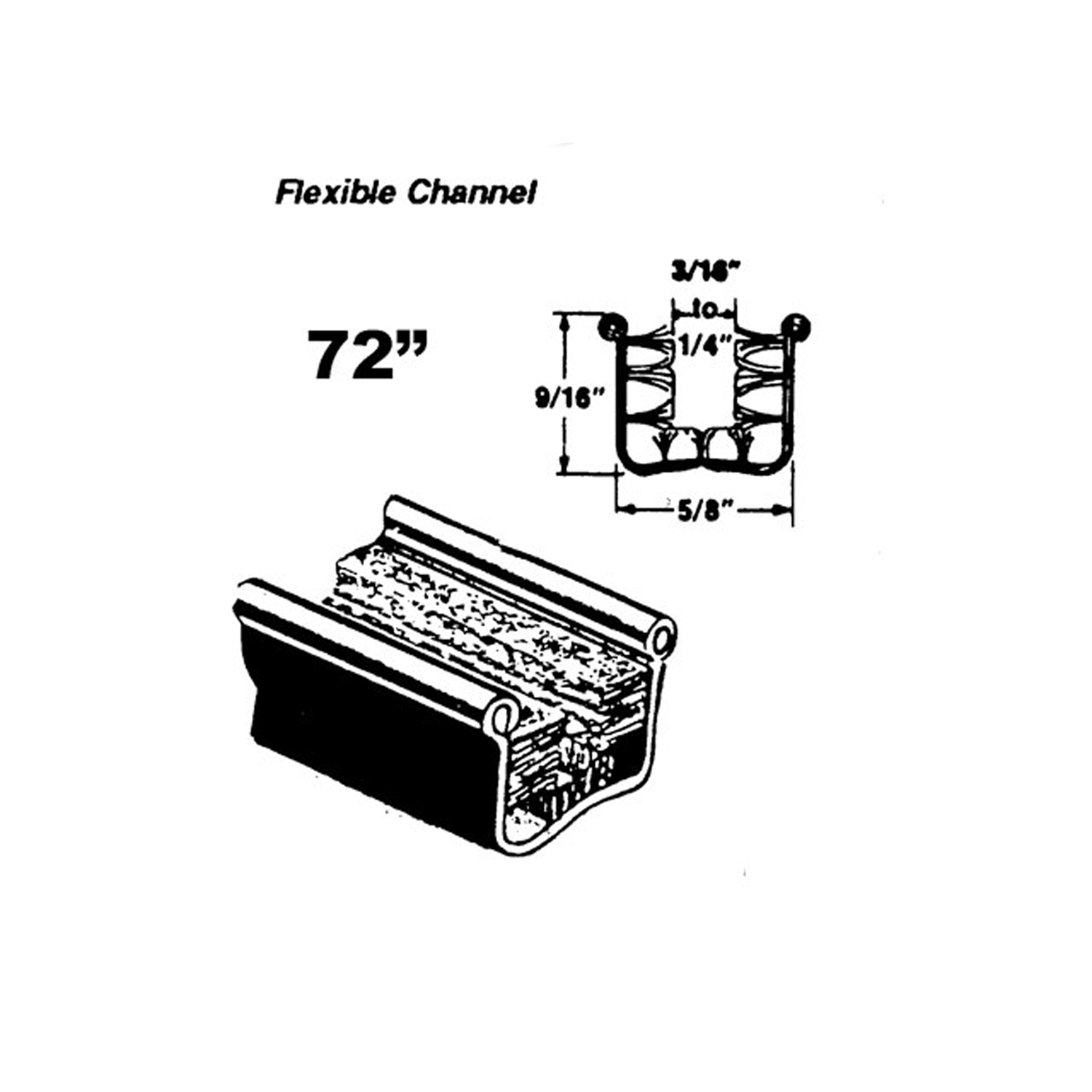 1951 Nash Rambler Flexible glass-run channel-WC 11-72Flexible glass-run channel. Mohair lined, cloth covered with stainless steel bead. Used on side windows. 72 in. long. Each. NOTE: $20 special shipping charge applies for domestic orders. Call or email for overseas shipping costs. Part can be sectioned in two equal lengths to reduce overseas shipping costs.
1951 Nash Rambler Flexible glass-run channel-WC 11-72Flexible glass-run channel. Mohair lined, cloth covered with stainless steel bead. Used on side windows. 72 in. long. Each. NOTE: $20 special shipping charge applies for domestic orders. Call or email for overseas shipping costs. Part can be sectioned in two equal lengths to reduce overseas shipping costs.Why Choose Metro?
For over 100 years, Metro Moulded Parts has been the pinnacle of quality in classic car restoration parts. Our commitment to precision and authenticity in every component ensures a perfect fit and an OEM-level appearance.
- Expert Craftsmanship & Quality: Each part is a testament to our dedication to reliability and perfection, crafted from original designs and thoroughly tested.
- Advanced Technology: We use cutting-edge techniques to create flawless, long-lasting parts that surpass others in performance.
- SuperSoft Sponge – The Ultimate Door Seal: Not only are our door seals 30% softer than competitors', but they're also guaranteed to never leak. They effectively reduce wind and road noise, enhancing your classic car's comfort and driving experience.
- Proudly American: Our parts are a product of American craftsmanship, made in the USA with a spirit of excellence and heritage.
- Unrivaled Warranty: We back our products with a 30-year industry-leading warranty, a testament to our confidence in their quality.
Join us in preserving the legacy of classic cars with parts that are crafted for perfection, not just made.

